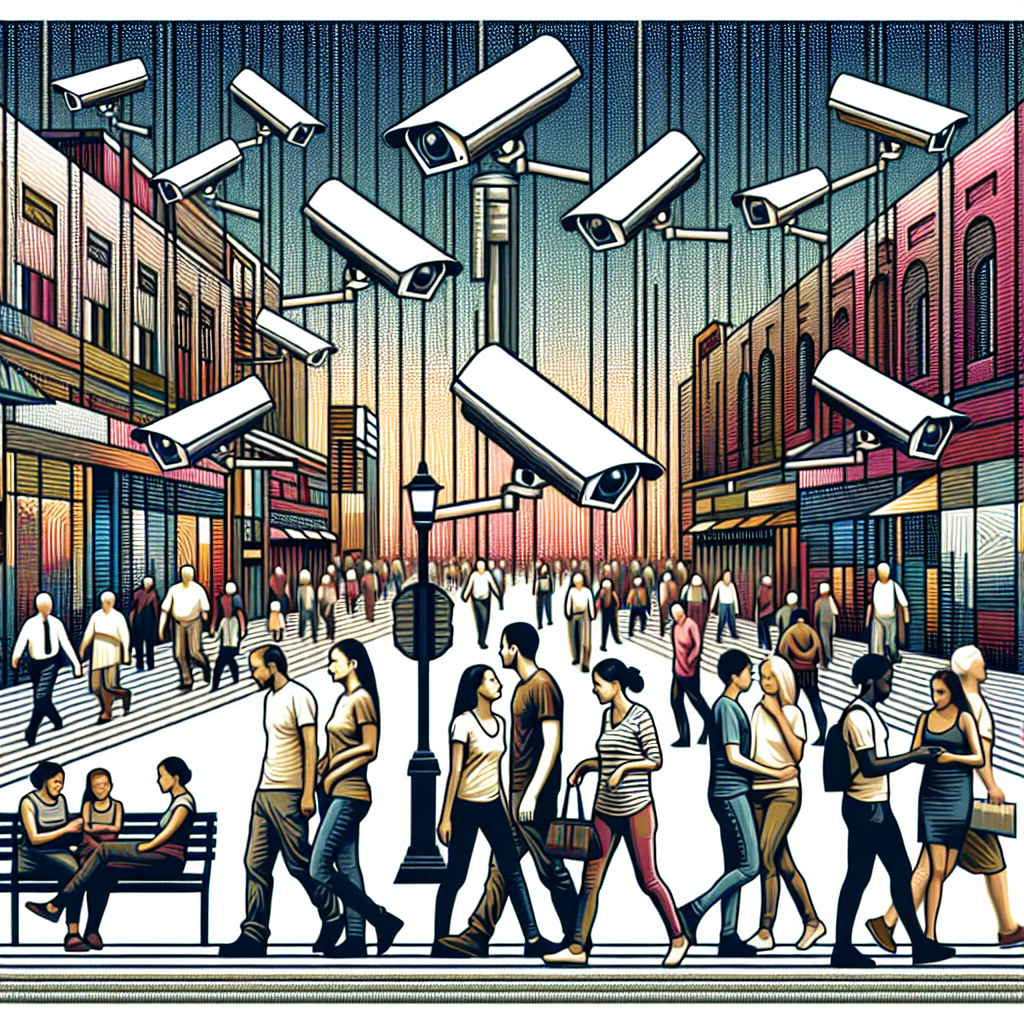Understanding the Legal Framework Behind Government Monitoring
The Concept of Government Monitoring
Government monitoring refers to the surveillance practices employed by state agencies to observe and collect data on individuals and groups. This can include a variety of activities, such as phone tapping, email interception, video surveillance, and tracking online activity. The primary objective of such monitoring often revolves around national security, crime prevention, and ensuring the enforcement of laws. However, the legal frameworks governing these activities are complex and vary significantly across jurisdictions.
Constitutional Foundations
In the United States, the Fourth Amendment of the Constitution establishes the foundation for legal protections against unreasonable searches and seizures. It stipulates that individuals have the right to be secure in their persons, houses, papers, and effects, emphasizing the necessity for warrants based on probable cause. Importantly, this creates a legal boundary for government entities seeking to conduct monitoring activities. In practice, however, the interpretation of this amendment has evolved, particularly in light of advancements in technology.
Key Legislation Impacting Government Monitoring
The Foreign Intelligence Surveillance Act (FISA)
Enacted in 1978, FISA creates a framework for the collection of foreign intelligence information. It allows the government to surveil foreign powers and agents but stipulates a set of procedures to protect the rights of U.S. citizens. FISA introduced the Foreign Intelligence Surveillance Court (FISC), which reviews and approves surveillance requests. Critics argue that FISA permits broad and intrusive monitoring techniques that may infringe on civil liberties.
The USA PATRIOT Act
Passed in response to the September 11 attacks, the USA PATRIOT Act expanded the government’s surveillance capabilities significantly. Key provisions include access to business records, roving wiretaps, and the infamous Section 215, which enables the collection of “any tangible things” relevant to an investigation. This act has been controversial due to concerns over privacy and its potential for abuse.
The USA FREEDOM Act
In 2015, the USA FREEDOM Act was enacted to address some of the civil liberties concerns raised by the USA PATRIOT Act. It ended the bulk collection of telephone metadata by the NSA and instituted safeguards requiring more transparency and oversight of government monitoring practices. The act aimed to strike a balance between national security objectives and individual privacy rights.
International Perspectives
The legal standards governing government monitoring vary widely across the globe. For instance, in the European Union, the General Data Protection Regulation (GDPR) imposes strict guidelines to protect personal data privacy. Under GDPR, consent is required for data processing, including surveillance, which significantly restricts governments from conducting wide-ranging monitoring without explicit permission.
Other jurisdictions, such as the United Kingdom, have different frameworks. The Investigatory Powers Act of 2016 enables extensive government surveillance, allowing agencies to collect and retain data on citizens’ online activities. Critics argue that this law offers overly broad powers that undermine privacy rights.
The Role of Oversight and Accountability
Effective oversight mechanisms are crucial in regulating government monitoring activities. Various bodies, such as the Privacy and Civil Liberties Oversight Board (PCLOB) in the U.S., are tasked with reviewing and assessing the implications of monitoring practices. Additionally, judicial oversight through courts serves as a checkpoint to ensure that monitoring does not contravene constitutional guarantees.
Moreover, transparency plays a vital role in maintaining public trust. Governments are increasingly encouraged to publish transparency reports detailing the extent of surveillance activities, the legal justifications for them, and the number of individuals affected. Such initiatives are essential for cultivating accountability in the monitoring landscape.
Judicial Interpretations and Landmark Cases
Several landmark Supreme Court cases have shaped the legal landscape surrounding government monitoring. In Katz v. United States (1967), the Court ruled that individuals have a reasonable expectation of privacy in public telephone booths, thereby extending Fourth Amendment protections to technological environments. Conversely, in Smith v. Maryland (1979), the Court upheld the use of pen registers without warrants, asserting that users do not have a legitimate expectation of privacy regarding dialed phone numbers.
More recently, in Carpenter v. United States (2018), the Supreme Court ruled that the government must obtain a warrant to access historical cell-site location information. This ruling underscored the need to adapt legal interpretations to modern technological realities, affirming the importance of protecting individual privacy against government encroachment.
Implications for Technology Companies
Technology companies also play a critical role in the government monitoring landscape. As custodians of vast amounts of user data, they must navigate the intersection of privacy rights and legal obligations. Companies are often required to comply with government surveillance requests, which raises questions about the extent to which they can challenge such requests or protect user data.
Recent high-profile cases involving tech giants illustrate the tension between compliance and user privacy. Companies like Apple and Google have increasingly emphasized their commitment to user privacy, often publicly opposing broad government surveillance efforts. This dynamic highlights the evolving relationship between governments, technology companies, and individual rights.
The Future of Government Monitoring
As technology continues to evolve, so too will government monitoring practices and the legal frameworks that govern them. Emerging technologies like artificial intelligence and biometric surveillance present new challenges and opportunities for government entities. Balancing national security interests with fundamental privacy rights will require ongoing dialogue, legislative updates, and judicial interpretations.
Furthermore, public sentiment plays a significant role in shaping the legal landscape surrounding government monitoring. As awareness grows regarding privacy issues, citizens are more inclined to demand transparent policies and legal reforms that protect individual rights. Advocacy groups and civil liberties organizations continue to push for stronger safeguards against overreach and abuses of surveillance powers.
Conclusion
Navigating the intricate legal frameworks governing government monitoring requires a comprehensive understanding of constitutional principles, legislative developments, and judicial interpretations. As technology continues to advance, this legal landscape will evolve, necessitating vigilant oversight, accountability, and a commitment to protecting individual privacy rights in the face of government surveillance practices. Citizens must remain engaged and informed to advocate for their rights effectively, ensuring that the balance between security and privacy is maintained.













Leave a Reply